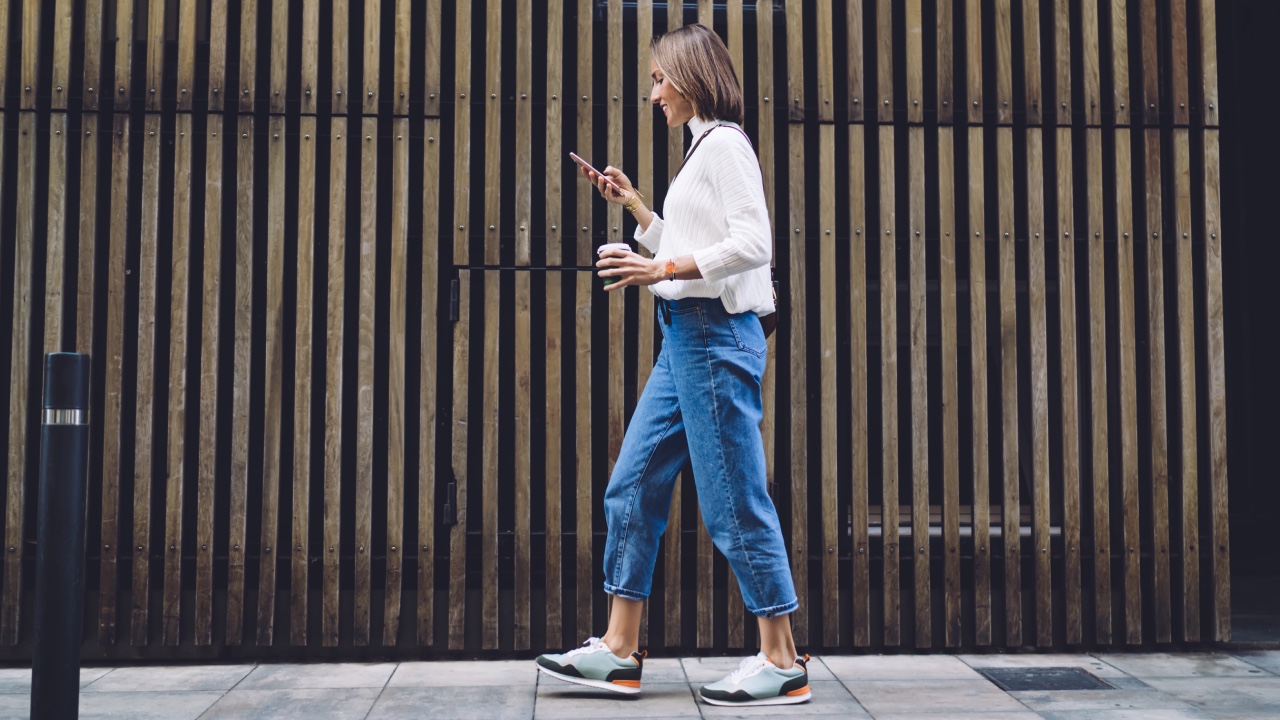Surprise! Scientists find falls likely when texting and walking

It seems obvious that texting while walking is risky business. But while there has been plenty of research showing it’s a dangerous distraction, some studies have suggested that younger people are better at negotiating obstacles while on their phones.
A study published in Heliyon has refuted this, finding that university students are more likely to fall if they walk while texting.
It also found they’re less accurate texters while walking.
“On any day it seems as many as 80% of people, both younger and older, may be head down and texting. I wondered: is this safe?” said senior author Dr Matthew Brodie, a neuroscientist and engineer at the University of New South Wales.
“This has made me want to investigate the dangers of texting while walking. I wanted to know if these dangers are real or imagined and to measure the risk in a repeatable way.”
Brodie and colleagues recruited 50 undergraduate students from UNSW to take part in the study.
Participants walked across a specially built tiled surface, fitted with a tile that could slip out halfway through.
They were asked to either walk across the surface normally, or walk across it while texting “the quick brown fox jumps over the lazy dog”.
The students were strapped to safety harnesses so they couldn’t fall, and told they may or may not slip.
The methods used in the experiment. Credit: Heliyon Brodie et al.
“What surprised me is how differently people responded to the threat of slipping,” says Brodie.
“Some slowed down and took a more cautious approach. Others sped up in anticipation of slipping. Such different approaches reinforce how no two people are the same, and to better prevent accidents from texting while walking, multiple strategies may be needed.”
The researchers recorded motion data from the students as they moved and slipped, analysing how stable they were.
They found that texting while walking made the students significantly less stable.
Specifically, the students “trunk angle” – the angle of their torsos – varied more when they were slipping while texting. This means they were less stable.
Participants were also less accurate texters when they did it while walking as opposed to sitting down, and least accurate when they did slip over.
“Pedestrians should therefore be discouraged through new educational and technology-based initiatives (for example a ‘texting lock’ on detection of walking) from texting while walking on roadside footpaths and other environments where substantial hazards to safety exist,” conclude the researchers in their paper.
Image credits: Shutterstock
This article was originally published on Cosmos Magazine and was written by Ellen Phiddian.
